So lets say I have this list of strings in an Excel file:
33000
33100
33010
33110
45050
45150
45250
45350
45360
45370
55360
55370
And I've got a SQL table that has this list of strings and more and I want to make a SELECT statement that searches only for this list of strings.
I could make a brute force statement like SELECT * FROM Table WHERE field = '33100' OR field = '33010' .... However I could make the WHERE list smaller by using LIKE statements.
I'm trying to find a way to make the number of LIKE statements as small as possible so I need to generate the least amount of SQL patterns to identify the whole list. For the list above, the least amount of SQL patterns would be this:
33[01][01]0
45[0123]50
[45]53[67]0
How could I generate a list of patterns like this dynamically where the input is the list of strings?

